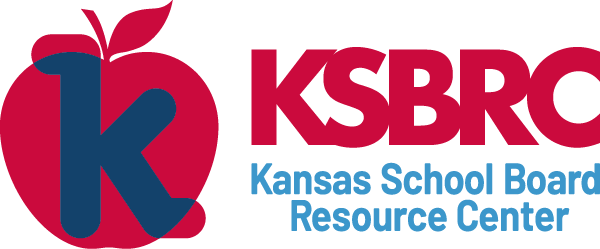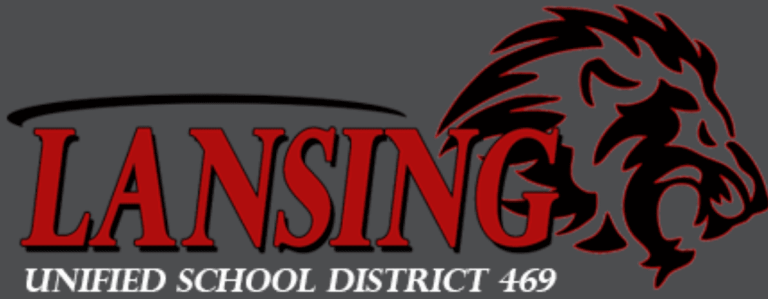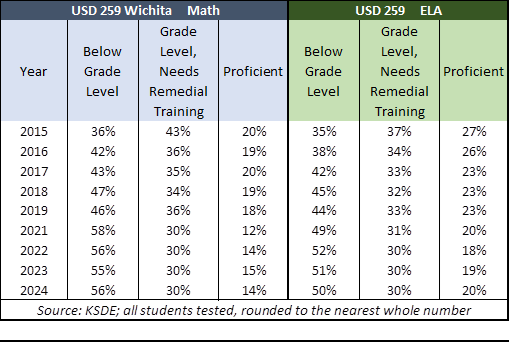Despite ever-increasing property assessments statewide, school patrons in Leavenworth County’s Easton School District will not pay additional property taxes in the 2024-2025 school year. The Board of Education will propose a revenue-neutral budget at its upcoming meeting.

The three-year-old “Kansas Truth in Taxation Act”, commonly known as the “Revenue-Neutral Law” seeks to reduce tax burdens by automatically reducing mill levies so that rising property values do not impose higher taxes on residents. The result is the same amount of revenue is collected in the current year as was collected the year before, hence, its revenue- neutral.
If a governmental unit, county, city, school board, et al., nevertheless wants to impose higher taxes or exceed revenue-neutral, it must advise the county clerk of its intention to do so, call a public meeting between August 20th and September 20th to defend its decision, and vote on the tax increase.
In its brief history the law has shown to be effective in reducing taxes and holding taxing authorities accountable for its spending decisions. The percentage of taxing authorities adopting revenue-neutral budgets increased from 52% to 56% in the law’s first two years.
Easton mill rates decline to hold taxes flat
The Easton proposed budget shows $3.08 million in property taxes are anticipated this school year, down from $3.1 million last year. The mill levy will also decrease from 52.437 mills last year to 52.044 in 2024-2025.
Easton’s capital outlay mill levy will drop this year to 6.4 mills from 8 mills last year, and the tax rate for bond and interest payments will be reduced to 8.516 mills this school year from a level of 9.012 last year.
Easton is about 18 months away from paying off its most recent bond issue, Superintendent Tim Beying told The Leavenworth Times.

We asked Superintendent Beying how his district was able to achieve revenue-neutral budget status when so many other districts are raising property tax:
“USD 449 was able to remain revenue neutral this year for the first time. Last year our community saw a significant increase in local valuations. This year, with a much lower change in valuation, our Board of Education was able to commit to being revenue-neutral for our taxpayers.
“We have been exploring ways to improve student achievement in a fiscally responsible manner over time. Each school district has its own unique challenges, and our district is no exception. This year, we managed to reduce mill rates in our Bond and Interest fund and temporarily reduce contributions to our Capital Outlay fund in order to achieve revenue-neutral status.”






